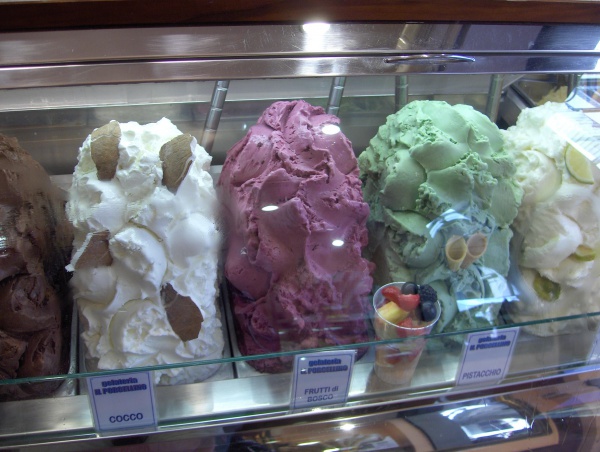Facts About Gelato
Gelato, a cherished frozen treat from Italy, is crafted with 3.25% milk and sugar, offering a healthier alternative to other frozen desserts due to its lower fat content. What distinguishes gelato is its dense and rich texture, achieved by incorporating 70% less air and delivering more intense flavors.
The contemporary version of gelato that we savor today was popularized in the late 1600s by Francesco Procopio dei Coltelli at his café in Paris. His innovative approach garnered widespread acclaim for gelato across Europe. Italy remains the epicenter of the artisanal gelato market, boasting over 5,000 gelaterias and employing more than 15,000 people.
When it comes to flavors, traditional choices include vanilla, chocolate, hazelnut, pistachio, cream, and stracciatella. Meanwhile, modern gelato shops offer an array of fruity flavors such as raspberry, strawberry, apple, lemon, and pineapple.
The process of making gelato involves several steps: pasteurizing the mixture at 85°C, cooling it down to 5°C, mixing it to achieve the desired texture, and finally freezing it. The unique texture of gelato is due to its sugar content, which prevents it from freezing solid, resulting in smoother ice crystals. Commercial gelato often includes sweeteners such as sucrose, dextrose, or inverted sugar, along with stabilizers like guar gum to enhance its creamy consistency.

 Slovenia
Slovenia